

CULTURAL HERITAGE AND CUSTOMS
Social and Cultural Structure
Ethnicity
The Akan group forms the majority amongst the ethnic groups scattered along the length and breadth of the municipality, but migration has also brought other ethnic groups such as the Gas, the Ewes, Ashantis, Akwapems, Northerners and settlers from other parts of the continent to the municipality. Some of the Ghanaian languages spoken in the municipality are Fante, Twi ,Ga, Ewe, and Akuapem, among others.
Ethnicity
The Akan group forms the majority amongst the ethnic groups scattered along the length and breadth of the municipality, but migration has also brought other ethnic groups such as the Gas, the Ewes, Ashantis, Akwapems, Northerners and settlers from other parts of the continent to the municipality. Some of the Ghanaian languages spoken in the municipality are Fante, Twi ,Ga, Ewe, and Akuapem, among others.
Religion and Festivals
Traditionally, the Municipality is shared among the Anomabo, Mankessim, Nkusukum and Dominase Traditional Councils. The municipality is rich in cultural heritage. Traditional sacred places such as Nananompow at Mankessim can be found in many communities. Three major festivals are celebrated in the municipality. These festivals are Odambea harvest and remembrance festival by the people of Nkusukum traditional area of Saltpond, Ahobaa remembrance festival of the Mankessim community and Okyir cleansing festival of the Anomabo community.
Tourism
Historically, Mfantseman is the birth place of Ghana; where the first political party, the United Gold Coast Convention (UGCC), was formed in 1947. Saltpond is a historical town and has great significance in the political history of Ghana. It was one of the first habitats for Ghana’s colonial masters and still possesses the remnants of several landmarks and relics which hitherto serve as potential tourists sites. Among these many relics are: the first post office in Ghana, the office of the first political party in Ghana UGCC and the Saltpond oil rig where crude oil was first exploited in Ghana.
There are few significant monuments in the municipality which can be converted into tourist sites. Among these are Fort Amsterdam built at Abandze by the Netherlands in 1631-1638 and Fort William (Fort Anomabo) built by the British in 1753-1770 and situated at Anomabo. Beach resorts are also operated at Saltpond, Abandze, Anomabo, Biriwa, Kuntu.
Tourism
Historically, Mfantseman is the birth place of Ghana; where the first political party, the United Gold Coast Convention (UGCC), was formed in 1947. Saltpond is a historical town and has great significance in the political history of Ghana. It was one of the first habitats for Ghana’s colonial masters and still possesses the remnants of several landmarks and relics which hitherto serve as potential tourists sites. Among these many relics are: the first post office in Ghana, the office of the first political party in Ghana UGCC and the Saltpond oil rig where crude oil was first exploited in Ghana.
There are few significant monuments in the municipality which can be converted into tourist sites. Among these are Fort Amsterdam built at Abandze by the Netherlands in 1631-1638 and Fort William (Fort Anomabo) built by the British in 1753-1770 and situated at Anomabo. Beach resorts are also operated at Saltpond, Abandze, Anomabo, Biriwa, Kuntu.
Date Created : 4/3/2025 7:48:46 AM
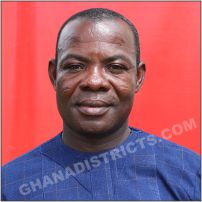

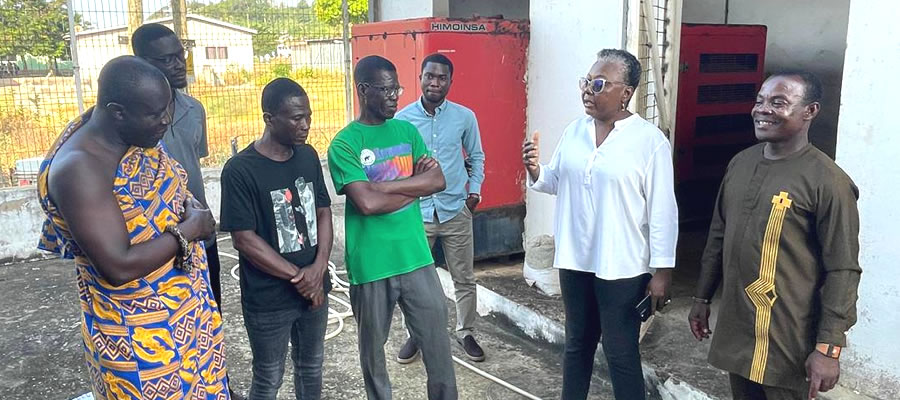
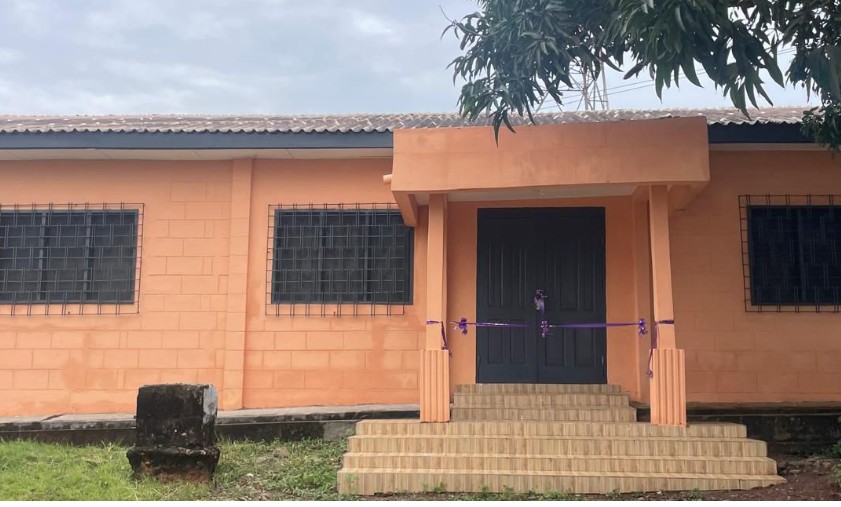

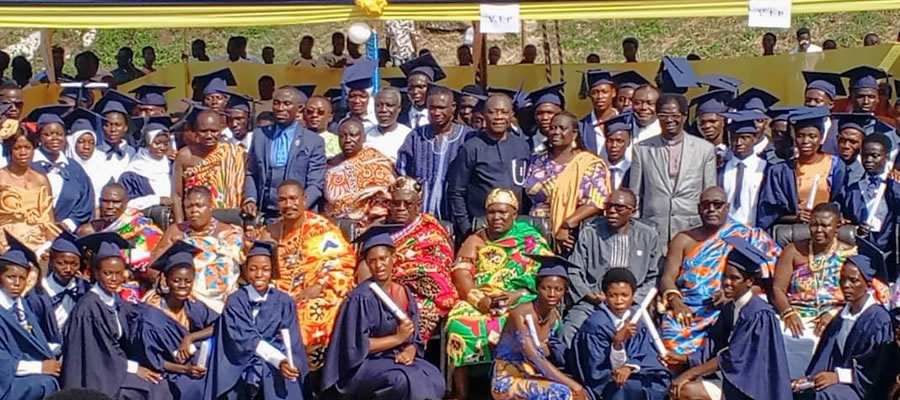
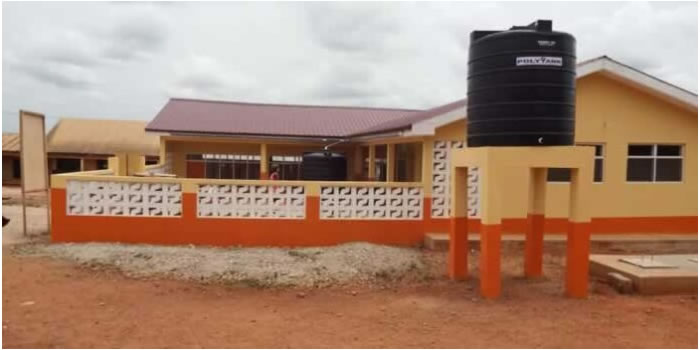
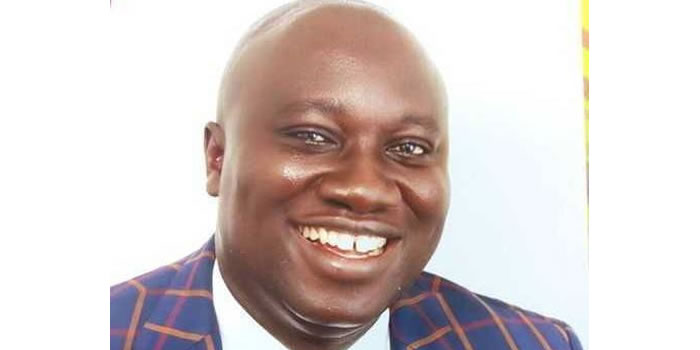
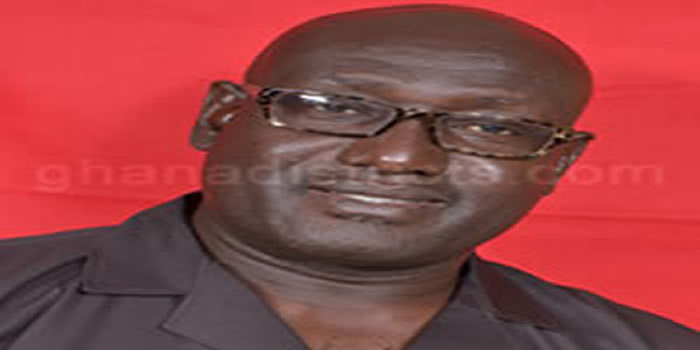


 facebook
facebook
 twitter
twitter
 Youtube
Youtube
 +233 593 831 280
+233 593 831 280 0800 430 430
0800 430 430 GPS: GE-231-4383
GPS: GE-231-4383 info@ghanadistricts.com
info@ghanadistricts.com Box GP1044, Accra, Ghana
Box GP1044, Accra, Ghana